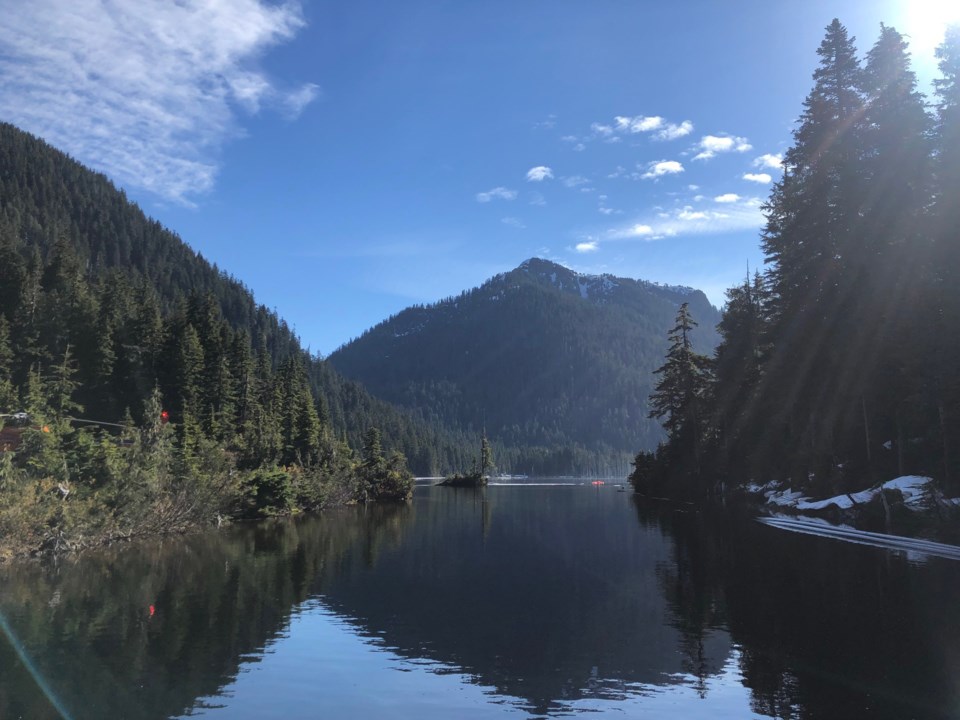The critical issue of protecting drinking water in B.C. hasn’t been getting much airtime this provincial election campaign. Maybe because the election is in October, coming off a relatively drought-free summer?
We always do this: year after year, at all levels of government, we seem to get wrapped up in other issues as soon as the rains come, despite the dreadful summer/fall droughts to which so many communities in B.C. have now become accustomed.
During my time as the Mayor of Gibsons, I’ve written Premier David Eby on behalf of my community three times. To no surprise of any small-town mayor in B.C. these days, one was about a homelessness emergency. But the other two related to the need to take action on ensuring water security for the Sunshine Coast.
On May 31, 2023, I wrote Premier Eby to explain how every water-insecure summer now feels for us on the Sunshine Coast: anxious, worried, stressed… (I have a feeling the campaign dialogue would be a lot different if the election were being held in mid-June.) I requested rapid attention to some provincial applications our regional district had submitted for water security that summer.
The response was mostly positive; however, one of the approvals that was desperately needed in early July did not show up until mid-September, too late to have any impact. Worse yet, it was heavily laden down with further bureaucratic and costly requirements that essentially communicated a distrust in our community—even when we’re working in tandem with the local First Nation, as we were in this case—to manage and steward local natural assets.
In September, I followed up with another letter to request the implementation of a regional watershed governance model for the Coast. Gibsons also asked for this at Union of BC Municipalities (UBCM) in 2022, and the answer to this advocacy has been frustratingly consistent over at least the past three years—wait. Every year it’s the same, even as the Minister of Emergency Management and Climate Readiness organized weekly calls with local governments the last two summers to address droughts and other emergencies on a reactive basis.
Locally, at least, we’ve been doing innovative work. Gibsons has been following and confirming our long-term water sustainability through aquifer mapping and monitoring, to which we align our plans for growth. Through our Natural Assets Strategy, we are ensuring our community aquifer remains a protected and sustainable source of water for generations to come. Meanwhile, per capita water use continues to decline as residents are ever more attentive to responsible conservation, in large part due to the deep connection they feel to our aquifer.
Starting with a ground-breaking agreement to co-monitor and co-manage the Mount Elphinstone aquifer water source, we’re ready to share these sustainable management and governance practices with our region. Sechelt and other areas of the Sunshine Coast have been severely challenged by summer droughts to its lake-fed water system, requiring a State of Emergency in 2022.
An even more promising development in local collaboration has been the leadership of the shíshálh Nation to bring our local governments together in “water summits.” A positive outcome of this work has been the intergovernmental support for the Lower Crown Reservoir project, which will help to provide storage for the Sunshine Coast Regional District’s primary water system. The Province has supported this project with $1.2 million to support disaster risk resilience and climate adaptation.
While this provincial assistance is integral, it is still only a part of the larger picture of what’s needed—strong, sustained support to ensure that the watersheds that sustain us remain resilient in the face of a changing climate.
The new BC Watershed Security Fund, which currently provides only $5 million annually for the entire province, needs to be rapidly scaled up to be useful, immediate and effective for local communities. At the recent UBCM convention, local governments called for the Fund to offer $100 million annually to support proactive, community-driven watershed solutions province-wide. This investment in our future would avoid billions of dollars in future costs of environmental destruction, agricultural loss, and drinking water insecurity.
This is a critical moment in BC’s political landscape. It’s essential that the government that is elected on Oct. 19 takes action on watershed security. Proactive investments in our watersheds are critical to the future health, safety and economic resilience of not only the Sunshine Coast, but all B.C. communities.
Silas White is Town of Gibsons mayor and a director on the Sunshine Coast Regional District Board


